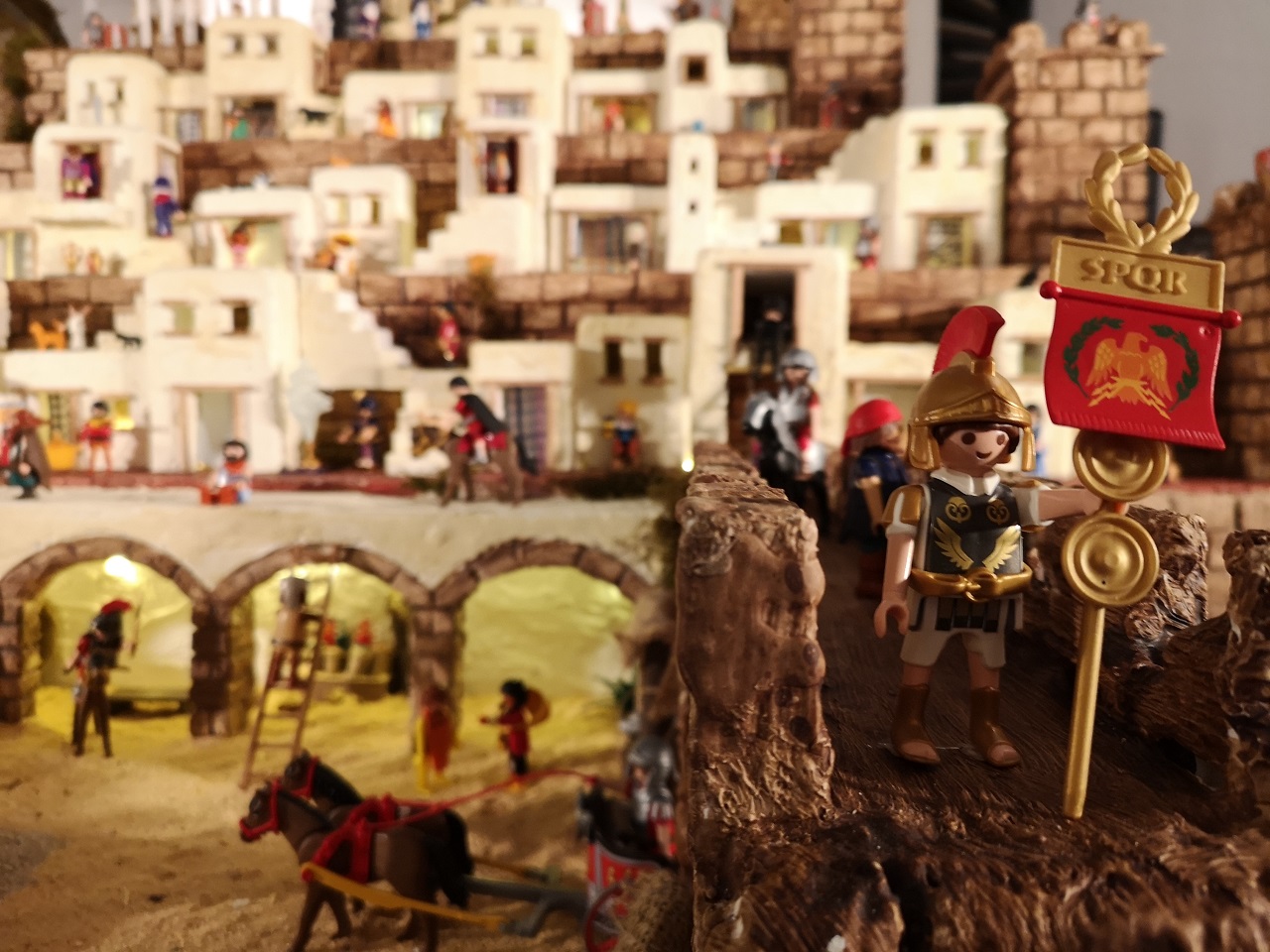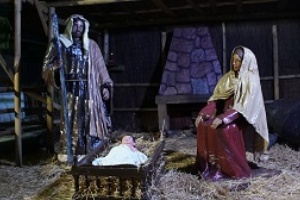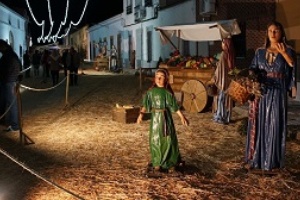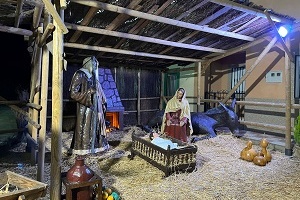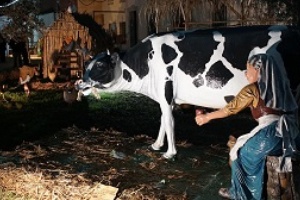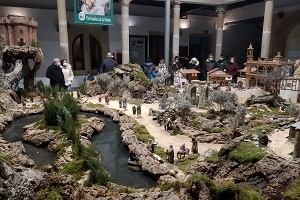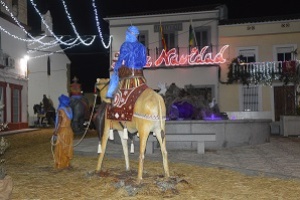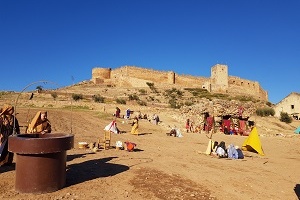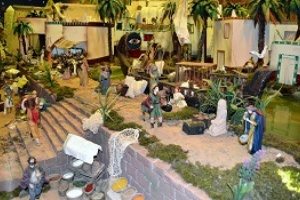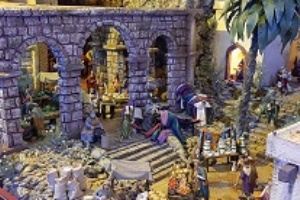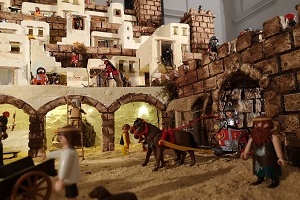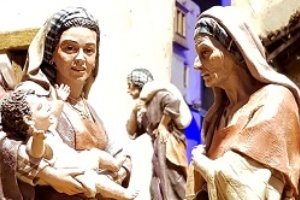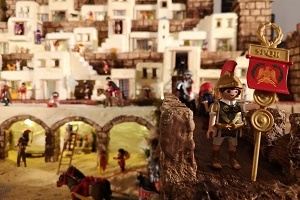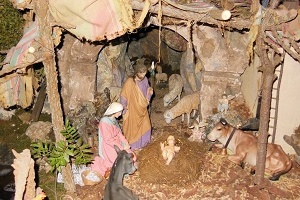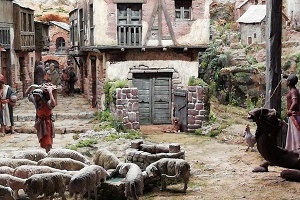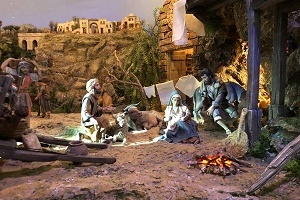Art and culture
Nativity scenes
Extremadura has a long tradition of displaying nativity scenes thanks to the restless work of individuals, organizations and institutions. A great tourist attraction.
- Come to Extremadura
- Belenes
From family tradition to art
Extremadura has a long tradition of displaying nativity scenes thanks to the restless work of individuals, organizations and institutions. A great tourist attraction.
The range of singular nativity scenes in Extremadura is wide and includes, of course, the main towns (Badajoz, Cáceres, Mérida and Plasencia) to small villages with populations barely over 1,000, such as Bodonal de la Sierra, and even small hamlets, such as La Bazana, in Jerez de los Caballeros.
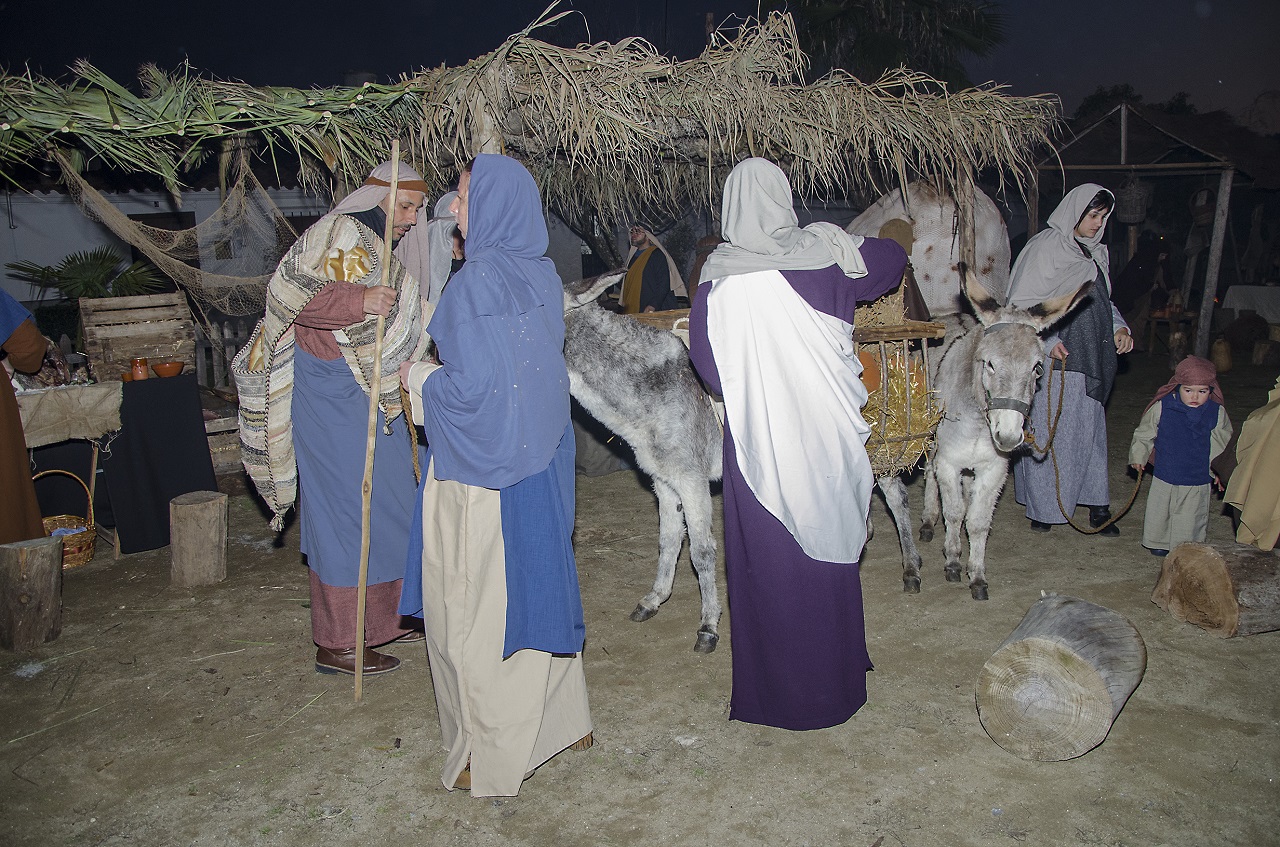
There is a nativity for everyone: some contain figures of great artistic value and some are made up with children’s toys, some are made entirely with recycled materials or some have given each figure the face of a local, as they do in Villar de la Rena. Living nativities are also a thing, with hundreds of locals participating as actors; among the most remarkable are those in Medellín, Montemolín and Azuaga.
However, the most important town for nativity lovers to visit is Jerez de los Caballeros. The Santa Ángela de la Cruz monumental nativity comprises 25,000 hand painted figures and is considered the largest of the world in its genre. Every Christmas season it is visited by over 30,000 people, and one of its great attractions is the historical accuracy of the entire composition.
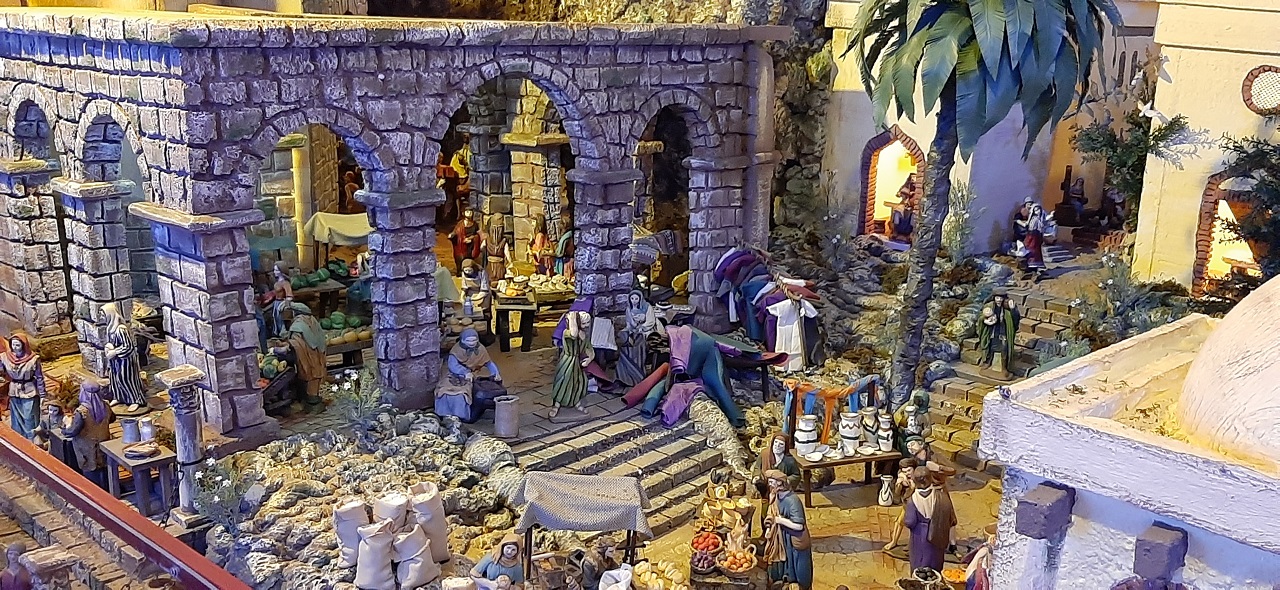
The route of the most significant nativities also leads to the main cities of Extremadura.
The Luis de Morales Museum, in Badajoz, is the usual venue of the nativity of the local Asociación Belenista. The same happens in Centro Cultural La Alcazaba, in Mérida.
In Plasencia, this peculiar route shall take us to four monumental spots: the Neapolitan nativity displayed in the Cathedral, the municipal nativity in the Centro Cultural Las Claras, including monuments and other elements typical of Extremadura (the Roman tetrapylon at Cáparra, the typical architecture of Valdastillas, La Vera y San Martín de Trevejo, the huts of Ahigal), displayed by the Hermandad de la Pasión; the Vera Cruz nativity, also in Neapolitan style, in the Casa del Deán; and the Santo Domingo nativity of the Unión de Cofradías.
Cáceres’ Old Town, a World Heritage Site, is another of the main attractions for nativity lovers. The nativities displayed in the Town Hall, the Palacio de la Isla (with a décor reminiscent of the Cáceres Old Town and the nativity of the Diputación (the provincial government), in the Palacio de Carvajal, which features a landscape typical of Extremadura. The nativity of the church of San Francisco Javier (Preciosa Sangre), of the Asociación Belenista of the Coria-Cáceres Dioceses and the exhibitions of the Palacio de los Golfines de Abajo are also worth a visit.
